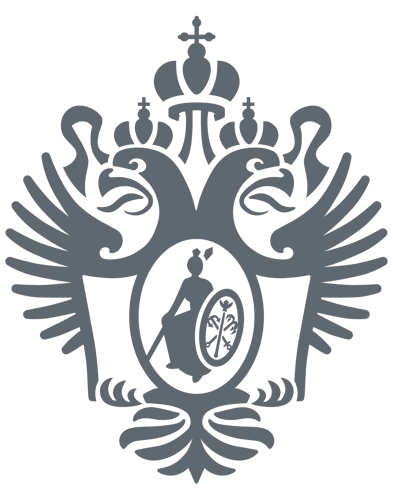The collection of the Resource Centre "Culture Collection of Microorganisms" currently includes about 300 clones of the heterotrophic protists of different taxonomic affinities. The majority of microbial eukaryotes maintained in the collection are ciliates, including more than 250 clones of 10 Paramecium species isolated from more than 50 natural populations. Eight preserved Paramecium species contain 15 species of the symbiotic pro- and eukaryotic microorganisms located in various compartments of their host cells. The clones were isolated from various freshwater and brackish habitats in various locations of Europe and Asia. The size of collection is constantly increasing due to continuous sampling and isolation of new clones performed by the resource centre staff.

The collection of the Resource Centre "Culture Collection of Microorganisms" currently includes about 300 clones of the heterotrophic protists of different taxonomic affinities. The majority of microbial eukaryotes maintained in the collection are ciliates, including more than 250 clones of 10 Paramecium species isolated from more than 50 natural populations. Eight preserved Paramecium species contain 15 species of the symbiotic pro- and eukaryotic microorganisms located in various compartments of their host cells. The clones were isolated from various freshwater and brackish habitats in various locations of Europe and Asia. The size of collection is constantly increasing due to continuous sampling and isolation of new clones performed by the resource centre staff.
The collection can be used to solve the broad scope of the research tasks. Currently there are several main research topics accomplished based on the strains maintained:
- - systematics and phylogeny of the protists;
- - systematics and phylogeny of the protistan symbionts;
- - biogeography and speciation;
- - various aspects of the cellular host-symbiont interactions;
- - molecular mechanisms of the life cycle regulation in the unicellular organisms;
- - boassays and toxicology.
The separate collection of species maintained in the resource centre comprises model species of protists recommended for the practical courses in zoology and botany in secondary and high schools. In particular, they are used in various bachelor and master programs of SPSU. These species include large lobose amoebae (Amoeba proteus), flagellates (genus Euglena) and several ciliate species (genera Stentor, Spirostomum, Stylonychia and Euplotes).



